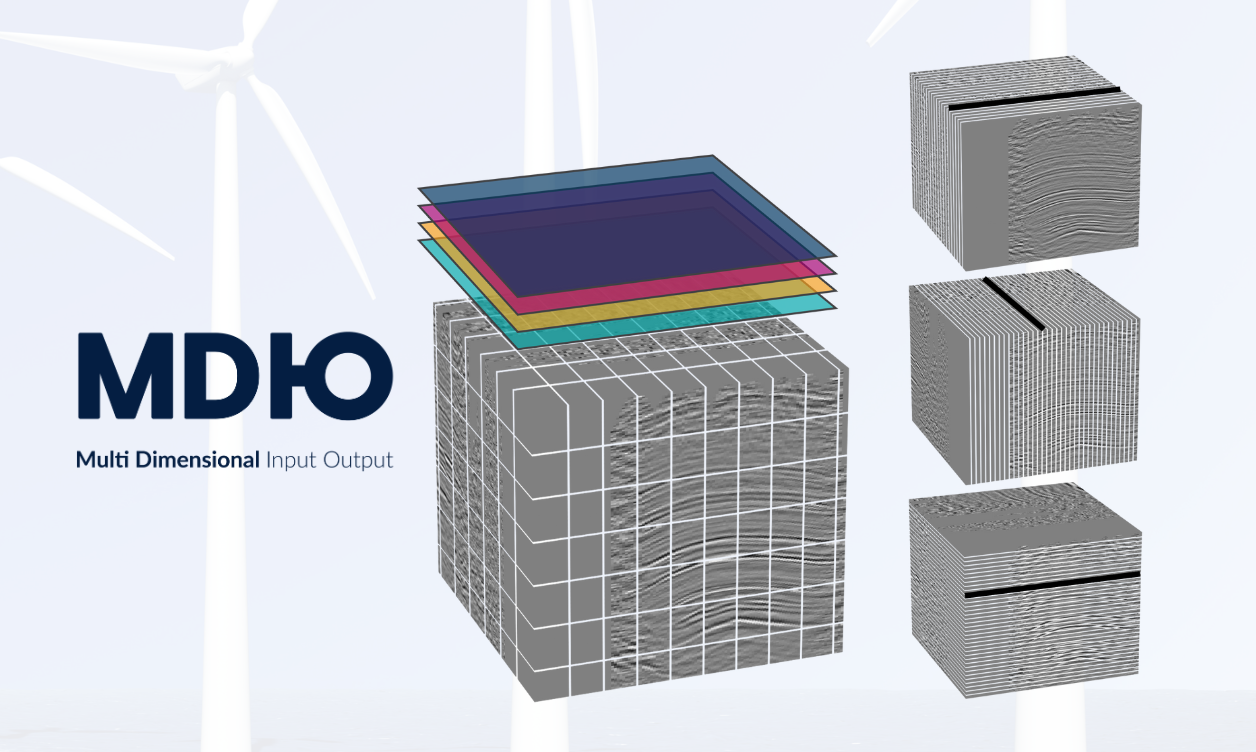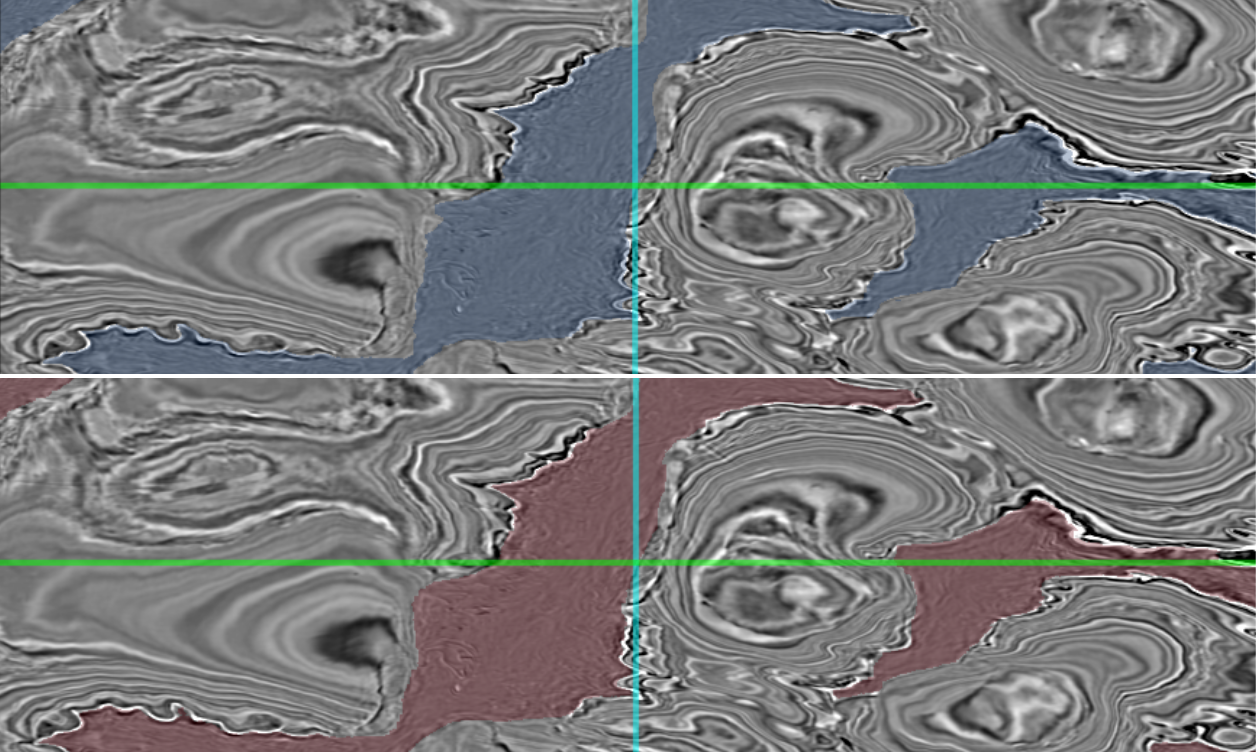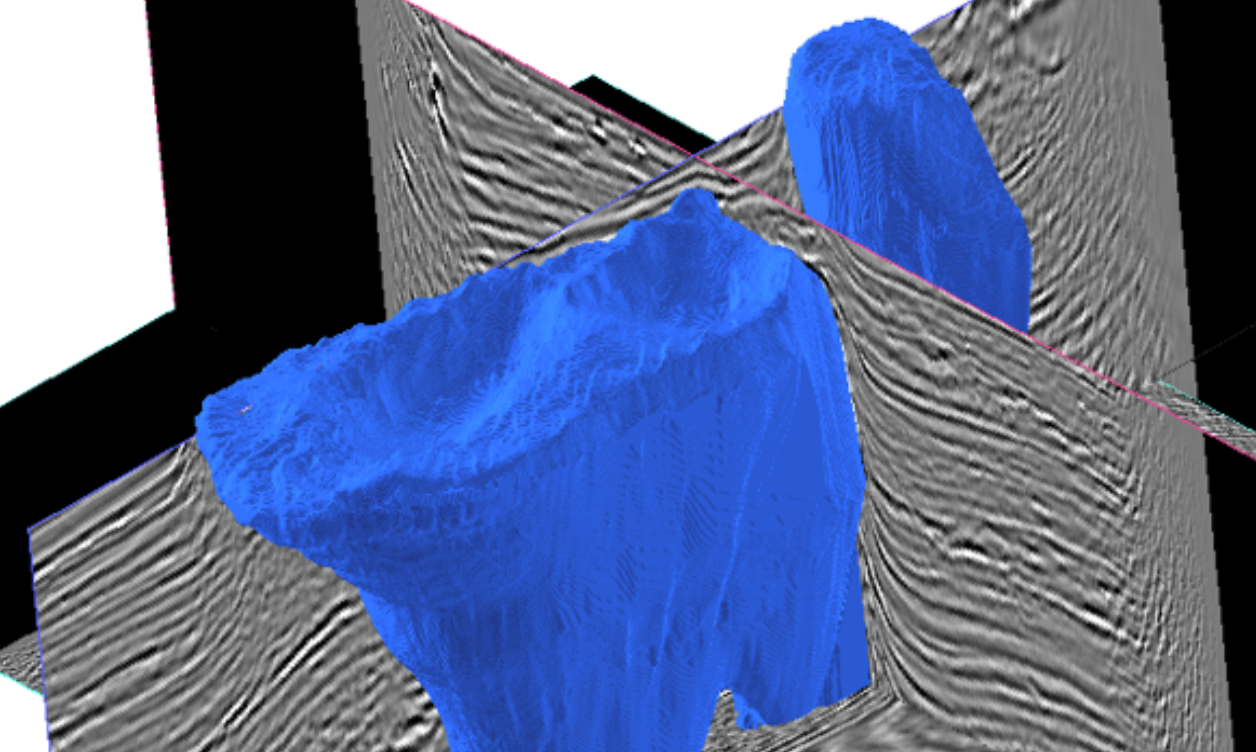Machine Learning & Artificial Intelligence
Foundational Machine Learning models trained on the most extensive geosciences data library in the industry
Harness the Power of TGS Machine Learning Cloud Infrastructure and Access the Largest Geoscience Data Library
Utilize our machine learning and artificial intelligence expertise to extract valuable insights from energy data and facilitate informed decision-making. With ML/AI integrated into various aspects of our data products and services, both TGS and our clients benefit from increased accuracy and efficiency.

Multidimensional Input/Output (MDIO)
TGS's Multidimensional Input/Output (MDIO) revolutionizes access to multi-dimensional data for efficient ML applications across multiple datasets. MDIO enhances the development and deployment of advanced ML and data processing solutions by eliminating data duplication and optimizing handling.
TGS has expanded the framework by introducing a C++ API and the existing Python API to support further high-performance computing (HPC) environments and large-scale geoscience tasks. This strategic release addresses data silos and simplifies integration of MDIO with legacy C++ applications. The C++ API's extended capabilities offer enhanced performance optimization and usability, ensuring a smooth transition and broader accessibility for the energy data community.
Seismic Foundation Models (SFMs)
Seismic foundation models (SFMs) represent a significant leap in the application of AI to subsurface exploration, building upon the principles of large language models (LLMs) and multimodal learning. SFM utilize Vision Transformers (ViTs) as core architecture, offering robust modeling capabilities and excellent scaling properties, particularly for 3D seismic data.
SFMs achieve exceptional generalization to unseen data and diverse geological formations due to their pre-training on extensive global datasets. By leveraging multimodal learning principles, SFMs can combine and integrate various data types (e.g., seismic, well logs, natural language, production data) to deliver more comprehensive and accurate subsurface insights.


SaltNet
SaltNet is TGS's advanced 3D machine learning model for automated salt body interpretation on seismic data. By transitioning from traditional 2D to 3D Convolutional Neural Networks (CNNs), SaltNet offers superior accuracy and continuity in interpreting complex salt structures, significantly reducing the need for manual intervention.
Trained on a vast and diverse seismic dataset and leveraging high-performance computing, SaltNet excels in subsalt imaging and regional-scale generalization. It integrates seamlessly with TGS’s MDIO format data, improving workflow efficiency and enabling rapid, reliable salt interpretation even in previously unseen data, thus accelerating project turnaround times.
Automation of the Time Processing Sequence
TGS' ML-based preprocessing approach integrates deep learning into imaging workflows. This method utilizes global machine learning models that generalize across diverse datasets, disrupting traditional physics-based processing sequences and significantly enhancing efficiency.
The process is embedded within TGS' Imaging AnyWare proprietary software, which tracks and deploys ML models from a centralized repository, enabling seamless inference within the TGS HPC environment. The result is more consistent and improved outcomes, with better data quality and processing efficiency achieved without retraining. This ML-driven approach is supported by first-class global training data, demonstrating superior performance in seismic data processing.
.png)
-1.png)
Analytics Ready LAS (ARLAS)
Analytics Ready LAS (ARLAS) is a machine learning-based pipeline designed by TGS to predict missing log data at a basin scale, now covering all unconventional basins in the U.S. ARLAS utilizes advanced machine learning models to deliver highly accurate predictions of critical well logs, including bulk density, gamma-ray, neutron porosity, deep resistivity, and compressional sonic. This capability significantly enhances geoscience workflows by ensuring complete log data coverage, even in wells where certain logs are missing or incomplete.
By leveraging petrophysical conditioned log data and advanced cleaning and preprocessing pipelines, ARLAS has achieved prediction accuracies between 90% and 95% in blind tests, making it a powerful tool for improving the quality and reliability of subsurface characterization across large datasets.
Speak to a Specialist
Got a question? We're here to help. Drop us a line and provide your contact details so one of our energy data experts can get in touch with you.

